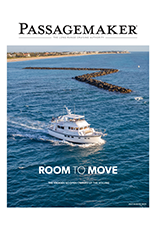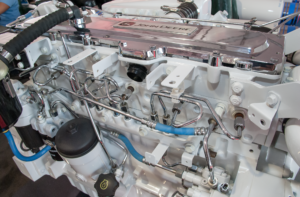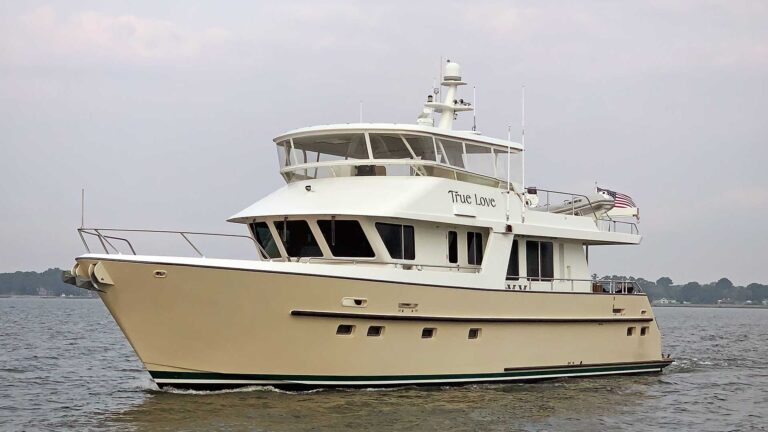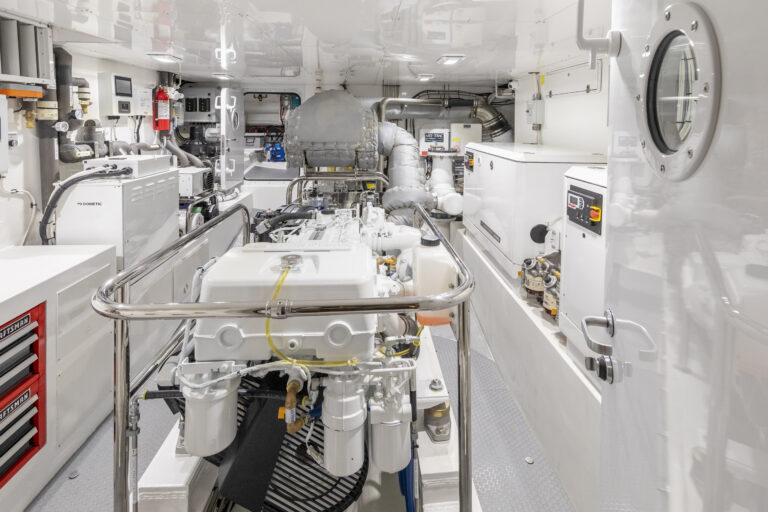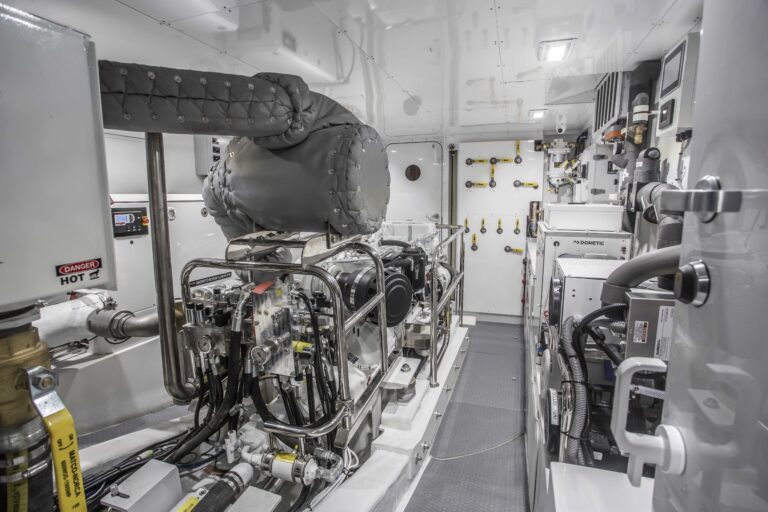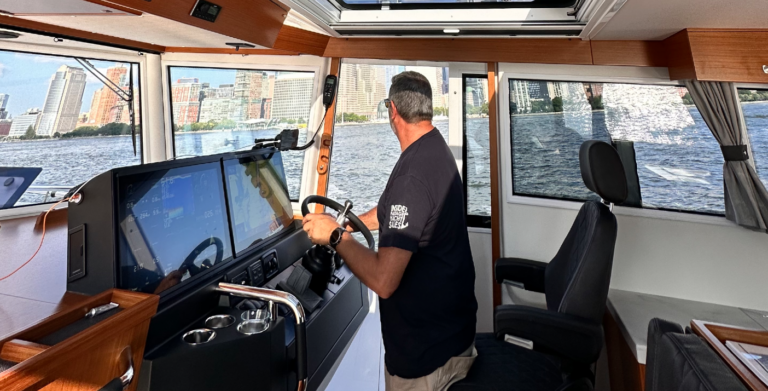
Successful close-quarters handling only ends when you walk away from a securely tied boat. As such, learning the art of line handling is as critical as knowing how to control and maneuver the boat.
It is important to note that this article is not about dockline selection. I am assuming that you have the appropriate type, diameter and length of lines for your boat, so I’m focusing on the safest and most effective way of handling those lines. The guidance presented here is intended for a boat operated by two people (a captain and a mate) when approaching a marina with staff to assist with lines.
Knowing the conditions of your docking arrangement ahead of arrival is the first step. Boats are tied quite differently to different types of piers. Knowing which condition you will be encountering will allow you—ahead of arrival at the marina—to have lines of the proper length positioned around the boat where they will be needed. A boater could encounter as many different scenarios in docking as there are waters to boat on.
The first decision to make is which end of the line you are going to give to the dockhand. Professional captains with crew will say that you should give the loop end of the line to the dockhand, who can put it around a cleat or piling while the crew adjusts the length of the line and secures it to the boat. This is technically the best method, because you maintain control of the boat.
However, while it may be the best way, it is also impractical for a cruising couple. One person would have to take the time to adjust and secure each line before moving to the next. The alternative and more common method among recreational boaters is to secure the loop end of the line to the boat and give the working end to the dockhand. Notice that I didn’t say throw; there should be no need to practice your long-distance throwing. Bring the boat close enough to make a light toss or just hand over the line.

To prevent giving control of the boat to marina staff, you need to provide verbal instructions with the line—especially spring lines intended to prevent the boat from moving fore or aft. A spring line will frequently be the first line secured, as it has the ability to serve two functions: Not only will it stop the boat’s movement forward or backward, but it will simultaneously hold the boat close to the pier.
When giving a spring line to a dockhand, explain whether it is an aft or forward spring. An aft spring line goes to the pier in the aft direction from where it is secured to the boat, thereby stopping the boat from moving forward. Conversely, a forward spring goes in the forward direction to the pier from where it is secured to the boat, stopping the boat from moving aft. Without instruction, we frequently have dockhands take the line in the wrong direction.
Also request that the dockhand not secure that spring line until you bring the boat to a stop. If the dockhand attempts to use the spring line to stop the boat for you, the boat will rapidly move closer to the pier in an uncontrolled manner. Your clear request, to not secure the line until you bring the boat to a stop, lets you retain control of when and how quickly the boat makes contact with the pier or pilings.
Bow and stern lines are typically secured last to complete the process. Then come adjustments.
In adjusting the lines, remember that a boat is tied “to” a floating pier and “off of” a fixed pier. It’s OK for the lines to hold a boat and its fenders gently snug to a floating pier, because they will rise and fall together. However, on a fixed pier, the lines should keep the boat from making contact with the pier, because the fixed pier will not move with the boat.
A boat properly handled and tied provides peace of mind and pride in a task well done.
